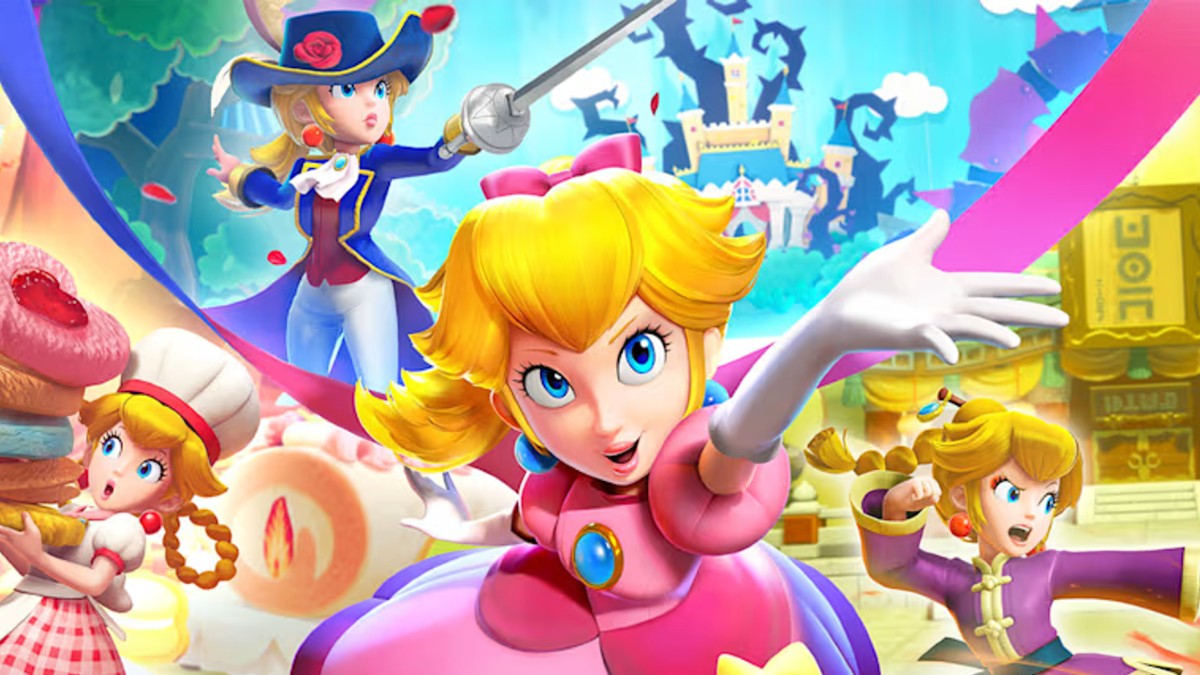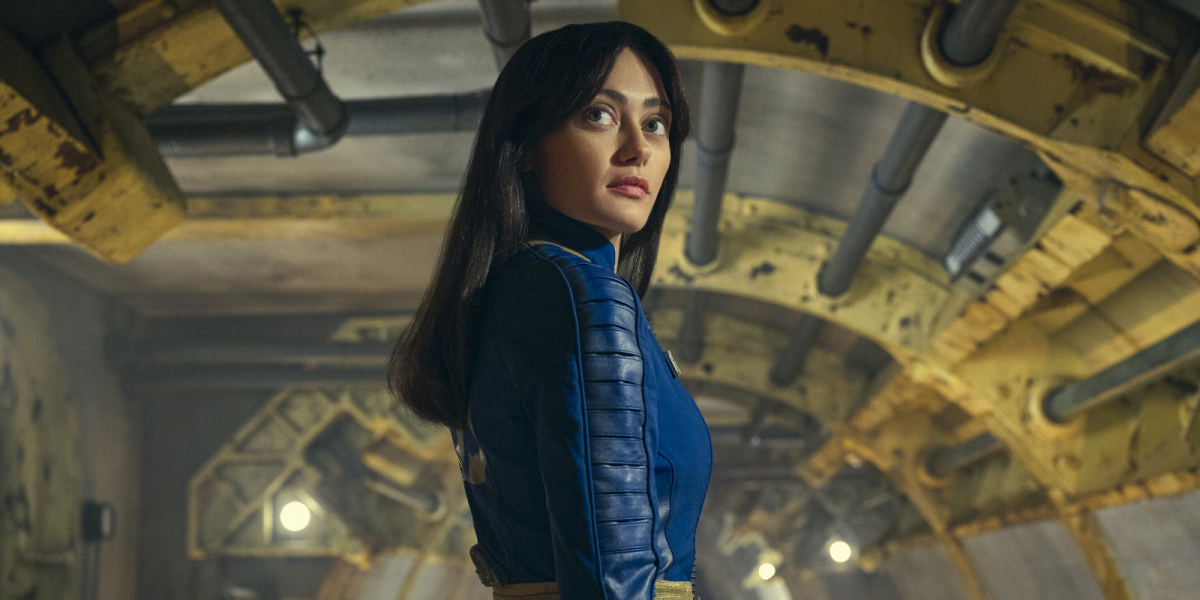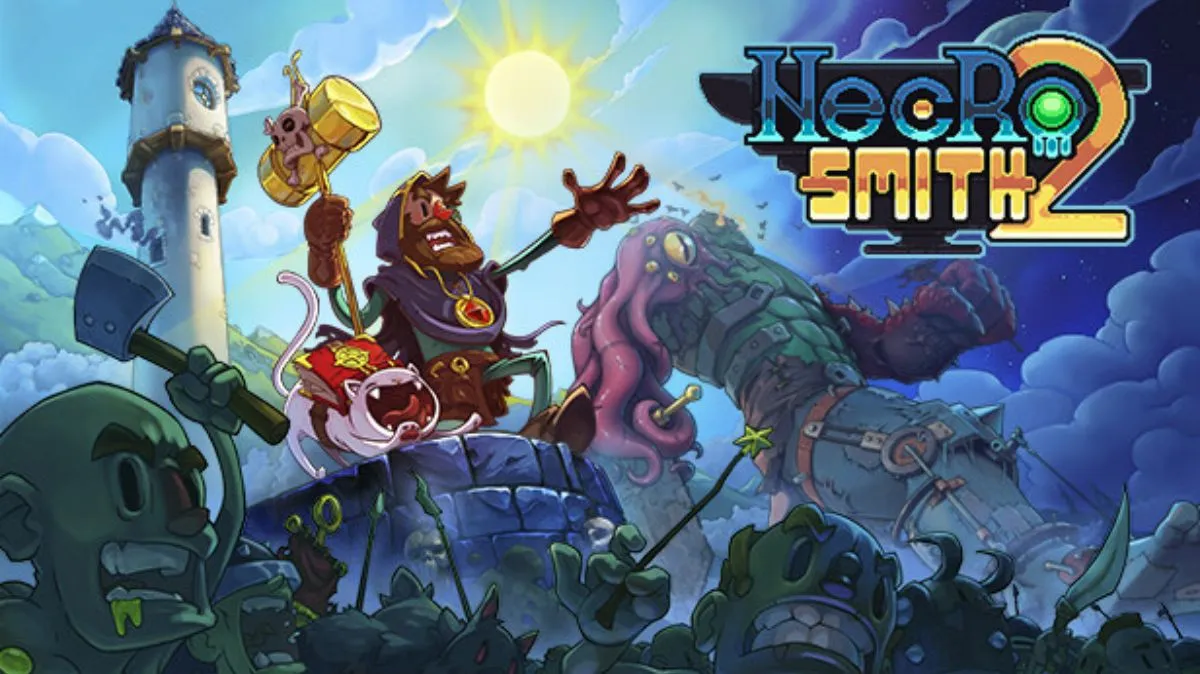Is it fair to expect radical innovation from a series that has spawned near annual sequels for the last seven years? Your answer to that question will say a lot about your outlook toward Ratchet & Clank Future: A Crack in Time. Those judging the game against the series’ previous six installments will walk away satisfied with its minor tweaks and savvy appropriations from other games. But if A Crack in Time is your first exposure to a Ratchet & Clank game, you may not be as appreciative of Insomniac Games’ reluctance to stray too far from the formula they cooked up in 2002.
A Crack in Time opens with a lengthy monologue from Ratchet’s spotlight-hogging associate, Captain Qwark, who carefully recounts the events of the preceding two games to bring players up to speed. It’s a lot to take in, but the important part is that Ratchet and Clank are galaxies apart after the well-mannered robot was kidnapped by a mysterious race of floating munchkins called the Zoni. In fact, for much of A Crack in Time, it’s really Ratchet or Clank – the game frequently alternates between Ratchet’s familiar run-and-gun stages and Clank’s headier puzzle-platformer territory.
The tactic works. The moment dismantling wave after wave of robotic baddies as Ratchet starts to grow tiresome, you’re whisked away to the Great Clock, where you must solve a variety of time-based puzzles as Clank to help repair rips in the space-time continuum. Some require you to toss “time bombs” from your Chronoscepter, which create bullet-time-esque spheres to slow down moving platforms or snare enemies; others have you record and play back temporal copies of Clank to help you progress past an obstacle. These conundrums are among the trickiest of the game – in fact, they’re far trickier than your standard videogame puzzle material – but if you get stuck, you can always cash in some of your hard-earned bolts to skip it and move on to the next one.
You’ll want to avoid that as much as possible, though, because A Crack in Time doles out plenty of new weaponry for those that can afford it. Though your standard pistol and grenades are probably the most functional tools in your arsenal, they’re hardly the most fun. It’s immensely satisfying to guide a charged-up Dynamo of Doom shot at an unsuspecting enemy from around a corner, or pepper an area with Tesla spikes and lure a group of foes to their electrocution. Even your trusty sidearm and bombs have a layer of depth to them: You can find special Constructo mods around the world that let you tweak individual elements of a weapon, from your pistol’s trigger pull (charged shot, or rapid fire?) to the directionality of your bombs’ explosion (standard or skyburst?). Some mods are such clear upgrades that there’s no reason not to equip them, but it’s sill nice to have some control over how these weapons behave, especially since you’ll be using them so often.
A Crack in Time encourages constant exploration, since most of the ways to upgrade your rig come from finding hidden items like Constructo mods, golden bolts and stray Zoni, which you use to upgrade your ship. In the game’s most drastic departure from the rest of the series, you can now directly pilot your ship as Ratchet when flying from one planet to the next. But while these sections bring a different style of gameplay to the series, it’s not particularly deep or satisfying. You’re limited to one plane of movement, and while enemies circle around you to take pot shots at your ship, they’re easy enough to gun down that they never feel like much of a threat. You have some incentives to land on one of the tiny moons that pop up across each solar system, but they’re little more than miniature versions of the main story missions: kill a few bad guys, hop along a fixed path, collect loot and repeat.
That’s a problem with A Crack in Time as a whole: Though it does its best to keep things varied, you get the distinct feeling that you’ve been here before. For Ratchet & Clank fans, that’s likely the point – there’s a reason you keep coming back to the series, after all. But if you’re not already invested in this story or these characters, it’s unlikely that A Crack in Time will really sink its hooks into you. The developers at Insomniac may have pioneered the shooter/platformer hybrid, and they probably do it best. But after seven years of variations on the same theme, it feels like they’re ready to play a different tune.
Bottom Line: A Crack in Time features the same gameplay you’ve come to expect from a Ratchet & Clank game, plus some surprisingly ingenious puzzle-solving. Just don’t expect it to reinvent the platformer genre.
Score: [rating=3]
Recommendation: If you already have more than one Ratchet & Clank game in your library, you’ll likely find enough in A Crack in Time to merit a purchase. If you’re a newcomer to the series, however, stick with a rental.



